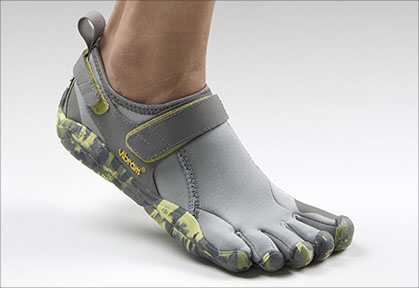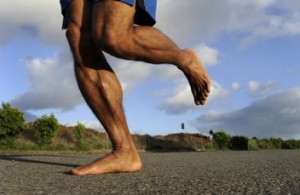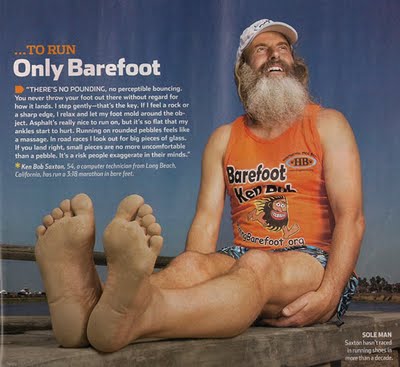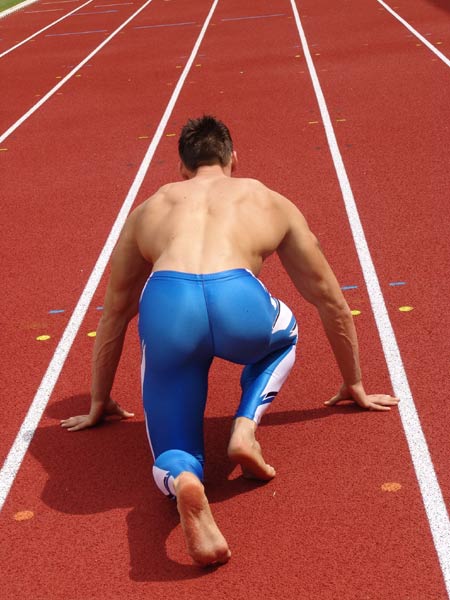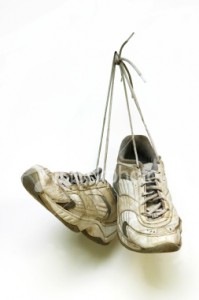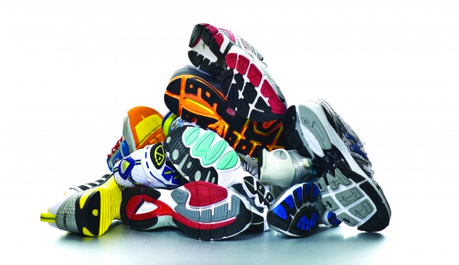 If youâve ever been to a running store, youâve probably noticed an extensive selection of specialized shoes. The salespeople are often trained to examine your foot type, and then make recommendations based on your arch. There are shoes for high, low or normal arches with specialized midsoles and cushions; the idea is that these arch-specific shoes reduce the injury risk of the runners who wear them.
If youâve ever been to a running store, youâve probably noticed an extensive selection of specialized shoes. The salespeople are often trained to examine your foot type, and then make recommendations based on your arch. There are shoes for high, low or normal arches with specialized midsoles and cushions; the idea is that these arch-specific shoes reduce the injury risk of the runners who wear them.
But is this true?
Itâs a question that the U.S. military asked before investing in arch-specific shoes for their soldiers.
In a subsequent study involving male and female marine recruits, researchers divided participants into two groups. In the first group, marines were given shoes specific to their arch type. In the second group, marines were given a stability shoe regardless of their arch type. The study controlled for other known injury risk factors including smoking, prior fitness level, etc.
After crunching the data, researchers discovered that there was little difference in injury risk. And in other related studies on the same subject, researchers actually found a slightly elevated risk of injury in arch-specific running shoes.
Instead of listening to salespeople or buying into marketing hype, experts agree that the best way to find a running shoe is to try it on and take it for a spin. If there is pain or discomfort, try a different shoe. If it feels right, trust your body and buy it.
Â







